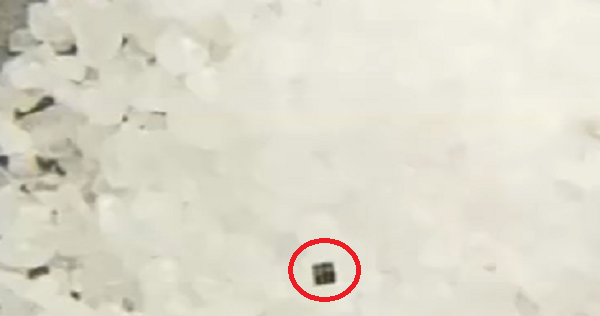
With the recent mishaps involving the tech industry, some which are just tragic, and others which are inherently shady, consumers are beginning to seriously question the over abundance and reliance on excessive innovation in modern society.
Take for example the experimental concept of retail behemoth Amazon dabbling in the highly questionable practice of allowing couriers temporary access to homes and businesses to guarantee the delivery of a package. The program was launched in hopes of completely eliminating the possibility of theft. However, providing a delivery professional with an electronic key, not only adds needless moving parts to an already trusted and tested process, but opens up a gigantic can of worms wriggling with variables which include the reality of a stranger present in a secure place, as well as the ramifications of potential vulnerability from a software front. Fed Ex and UPS are collectively chuckling within their sleek 767’s and MD-11’s jetliners and orchestrated fleet of trucks all the way to the bank.
Recently, a self-driving car with a driver present within the vehicle ran over and killed a pedestrian in Arizona, while the giant and evil social network botched data security protocol in an epic “Face plant”, which compromised the integrity of sensitive user information as millions of accounts were mined by a third party. With studies pointing to a higher teenage suicide rate directly proportional to the mass release of the smart phone revolution, something has got to give.
Hopefully, tech sector dinosaur IBM has brought some sense back to the current maelstrom of software modeling and overengineering, with the development of a miniscule piece of hardware for battling counterfeiting and commercial and private loss prevention. Mashable shares the amazing news that researchers at IBM have produced the smallest computer in the world. Several thousand transistors can be housed on the device, as the culmination of Moore’s law fast approaches.
The unit is about the size of a grain of salt or a third of a millimeter on each side and contains the processing power of early 1990’s computers. Remarkably, it cannot be seen with the naked eye and approximately 63 tiny computers could span just one sliver of a penny. This website provides a wonderful visual representation for grasping the concept of reduced scalability.
The technological applications of the mini machine, range from verifying the authenticity of a product, keeping tabs on inventory and deliveries, and the limits of human ingenuity. In staying relevant with the latest trending topics, the computer is even capable of implementing blockchains (the unbreakable basis for Bitcoin and cryptocurrency), when providing data security solutions. (Maybe Mark Zuckerberg should look into this. Too Late!)
The world is safe until the Chinese enact the policy of implanting the computers on humans for tracking purposes and isolating political dissidents.
Read the Mashable story here.
VIDEO: Preview The World’s Smallest Computer